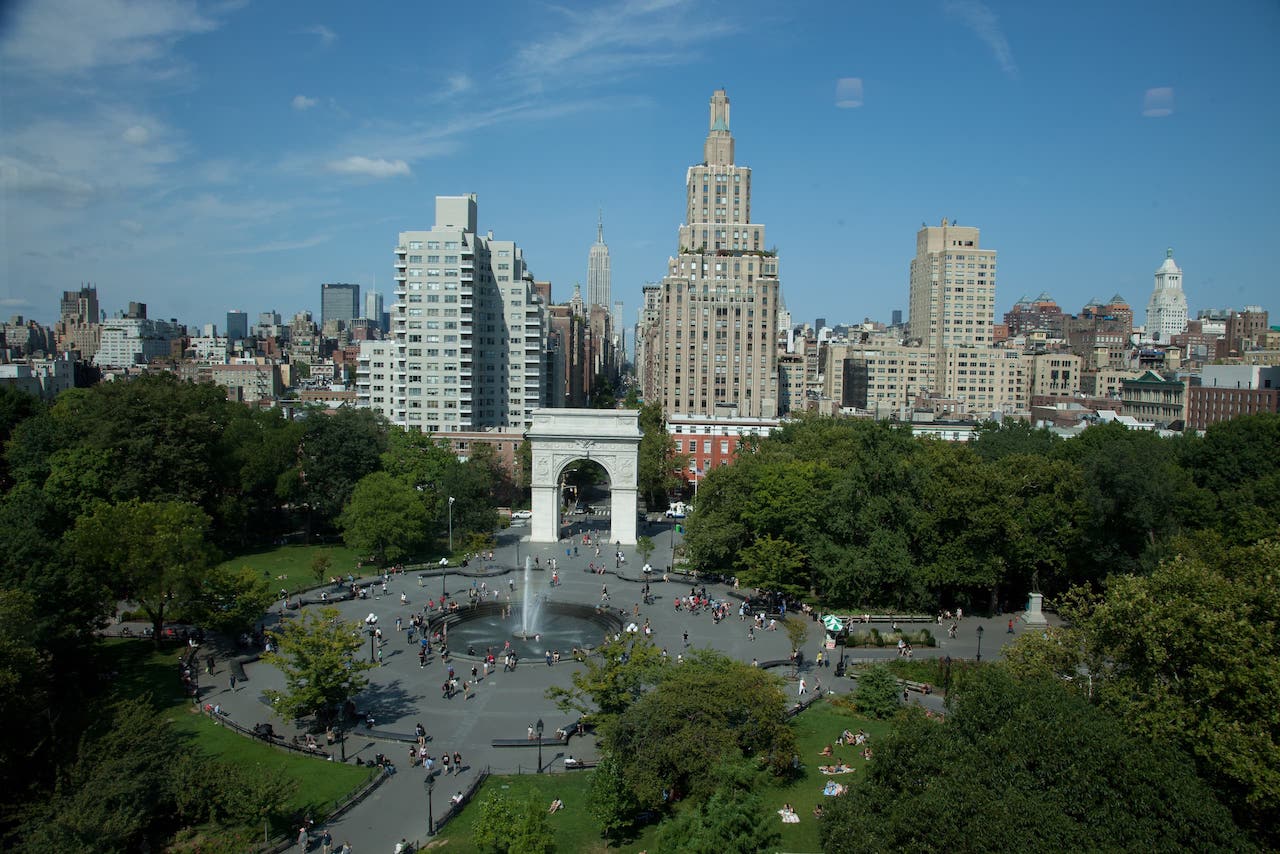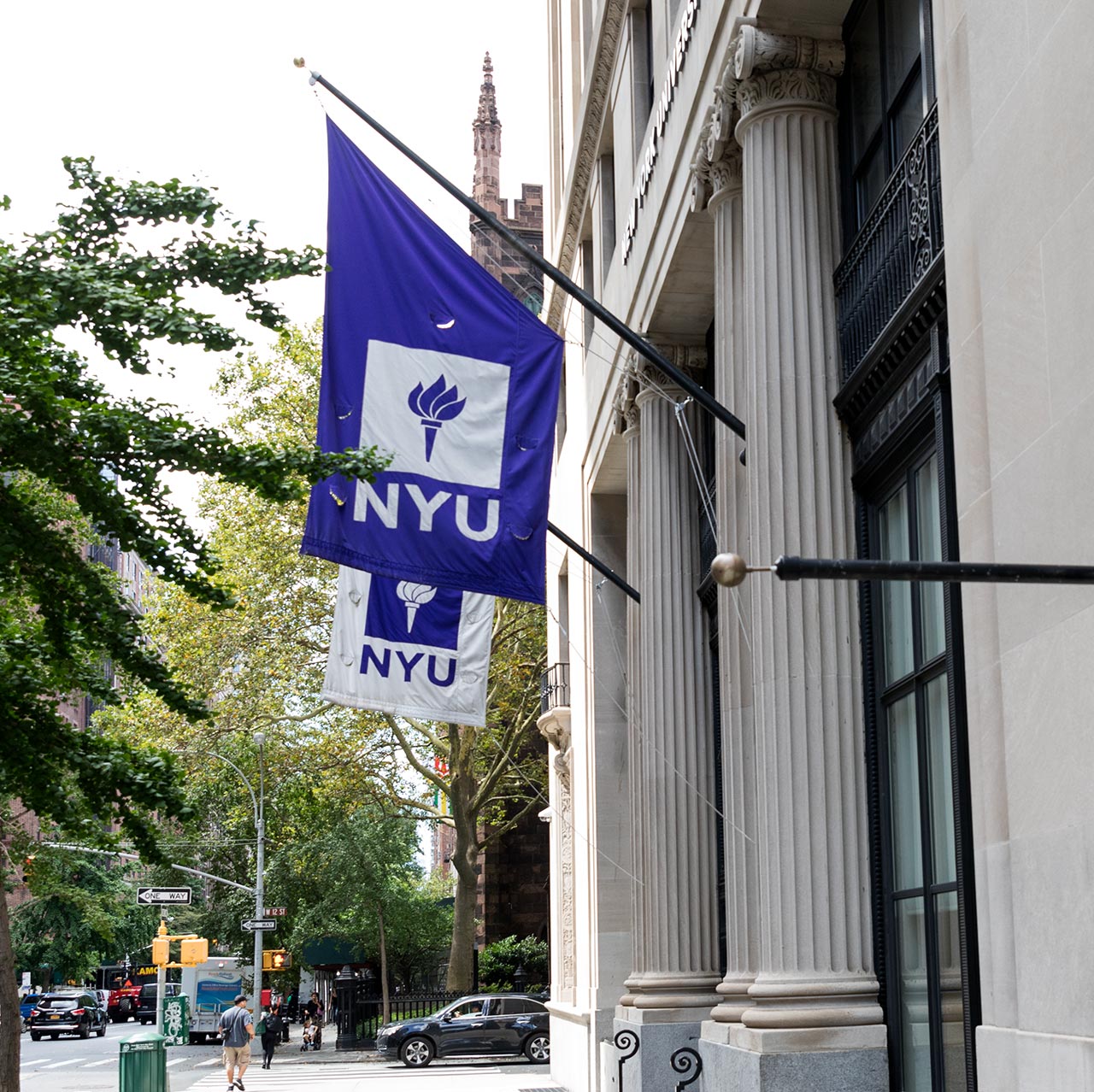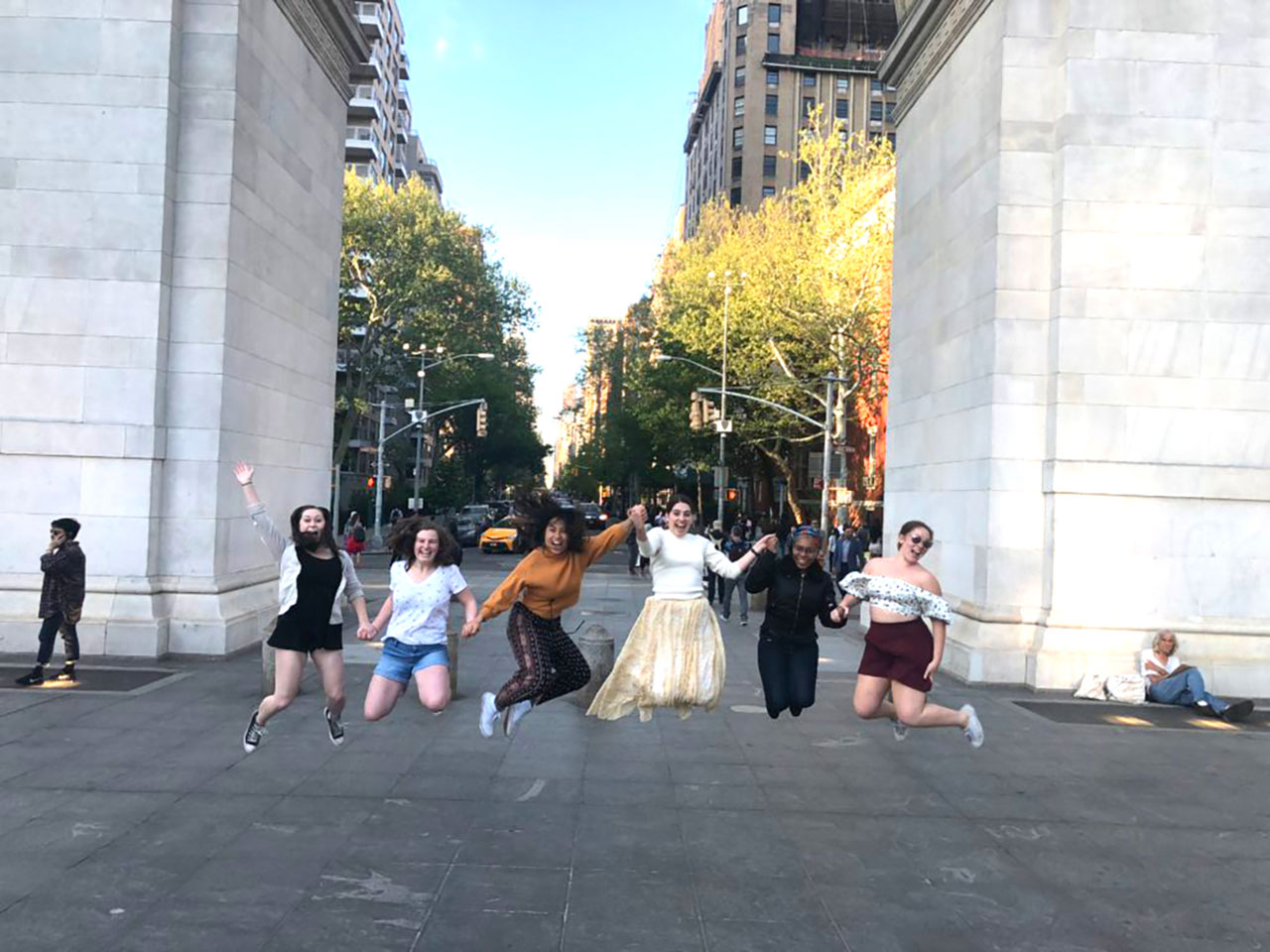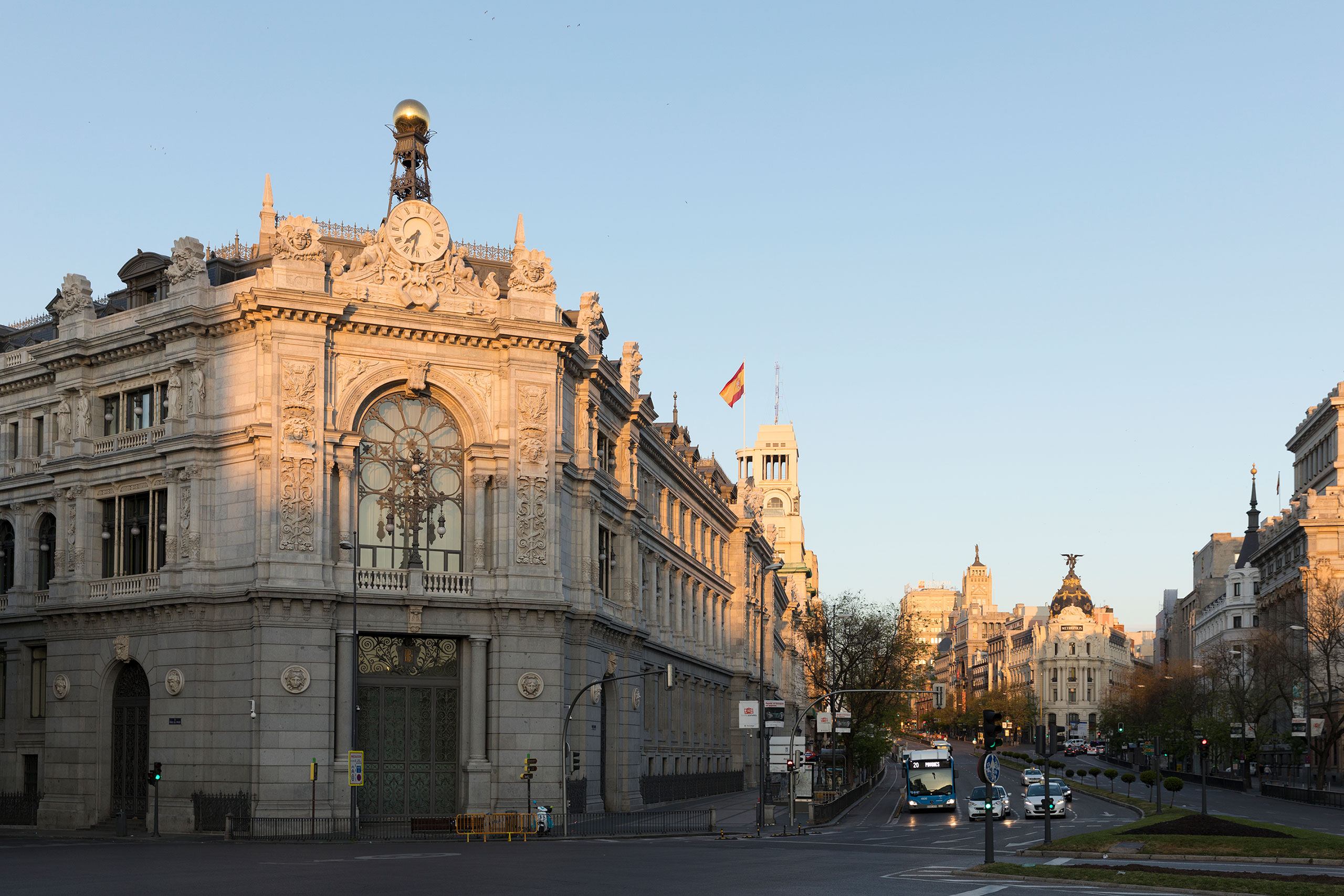
A nefarious bank transformed into a community center. An aging mother’s search for new meaning. A Chinese hot pot restaurant managed by immigrants. Spain has endless tales to tell, but each semester at NYU Madrid, only a few will be chased down by students and turned into documentary films as part of the site’s landmark course, Madrid Stories.
The opportunity may feel like a Hollywood pipe dream: shooting your first film with cutting-edge equipment and industry experts to guide you. But Madrid Stories does that and more. Taught by director Almudena Carracedo and producer Robert Bahar, the course is a chance for teams of students to search for a scoop across the city, then direct the idea, edit the scenes down to five minutes, and present the finished product to the NYU Madrid community. All the while, students learn the craft of gaining the trust of their subjects and capturing real, human connections on camera.
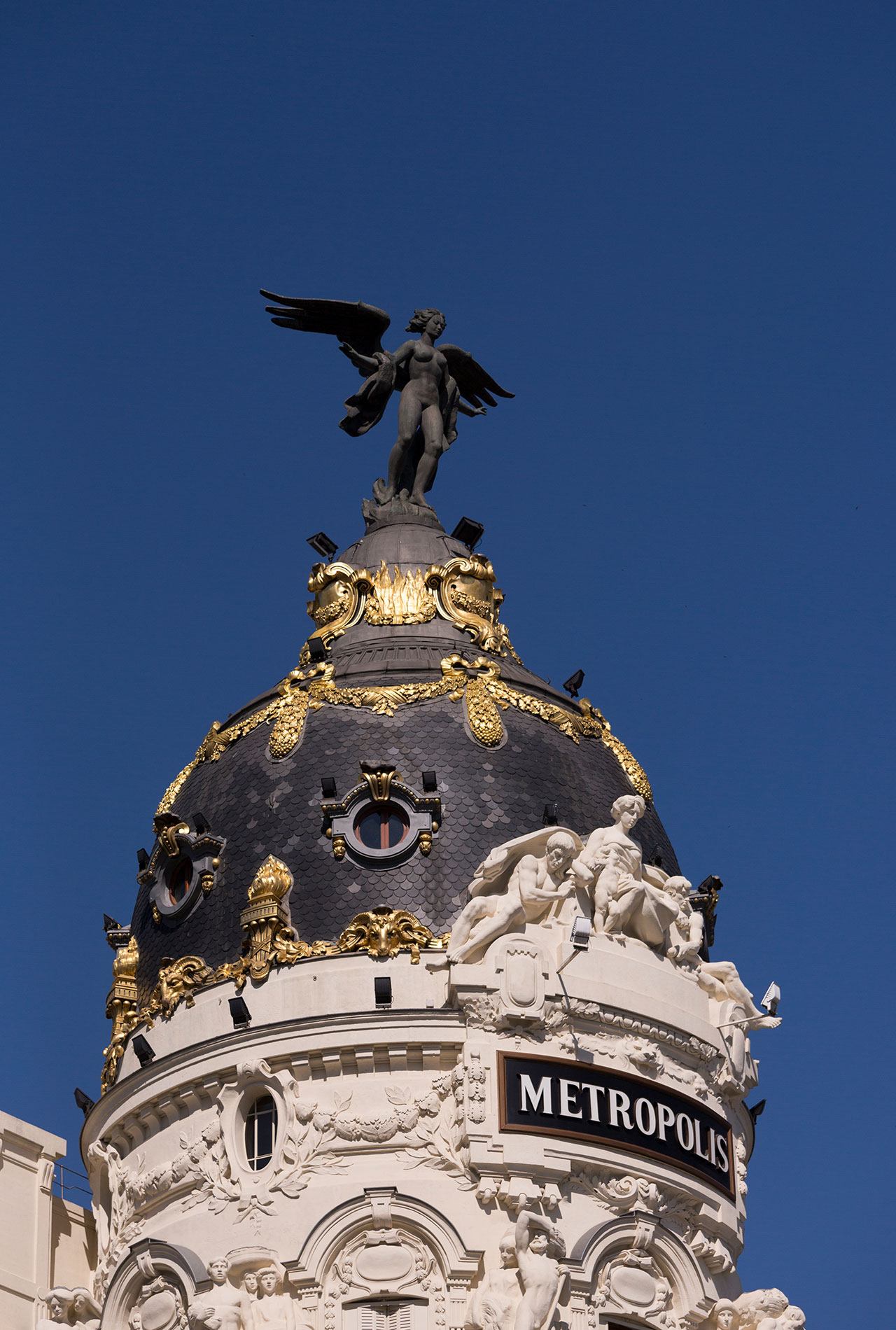

“How do you tell a story that feels intimate, revealing the colors of someone’s life you’ve just encountered for the first time, while also speaking to something more universal?” asks Bahar. “Our course helps students answer that question. We show them how film can be a microscope and a telescope at the same time.”
Students flock to Madrid Stories for a number of reasons, but Carracedo and Bahar are chief among them. They’re artistic collaborators and married partners. Their breakthrough documentary, Made in L.A., won international praise for chronicling the lives of three Latinas working in the garment industry’s brutal conditions. And this year, they’re back with The Silence of Others. It’s a visceral investigation of the efforts to prosecute Spain’s human rights abusers who went unpunished during the 40-year reign of Franco.
Because the duo work on their films while teaching Madrid Stories, an exciting, parallel process occurs with their students.


“Teaching the course is fundamentally about mentorship. But what’s amazing is that it works both ways,” says Carracedo. “Even though Robert and I have more experience, we grapple with the same issues our students do, whether it’s ethics in filmmaking or finding the right scene to fill a story gap. By helping them work through their particular issues, we develop a stronger sense of the craft for ourselves.”
What’s more, the pair believes that the documentary course can help enhance how students see their study abroad experience—literally. Early on in the course, students venture out to the streets of Madrid and carefully study their surroundings. The documentarian is always “looking again,” as Carracedo explains. Otherwise, your assumptions and expectations are never challenged.
“Studying abroad should immerse you in forging new connections. Otherwise, you’ll miss the richest details of a place,” says Carracedo. “That’s why our course forces students to examine Madrid and its people through different lenses. That engagement with point of view and narrative is a literacy that will help them think critically throughout their lives.”
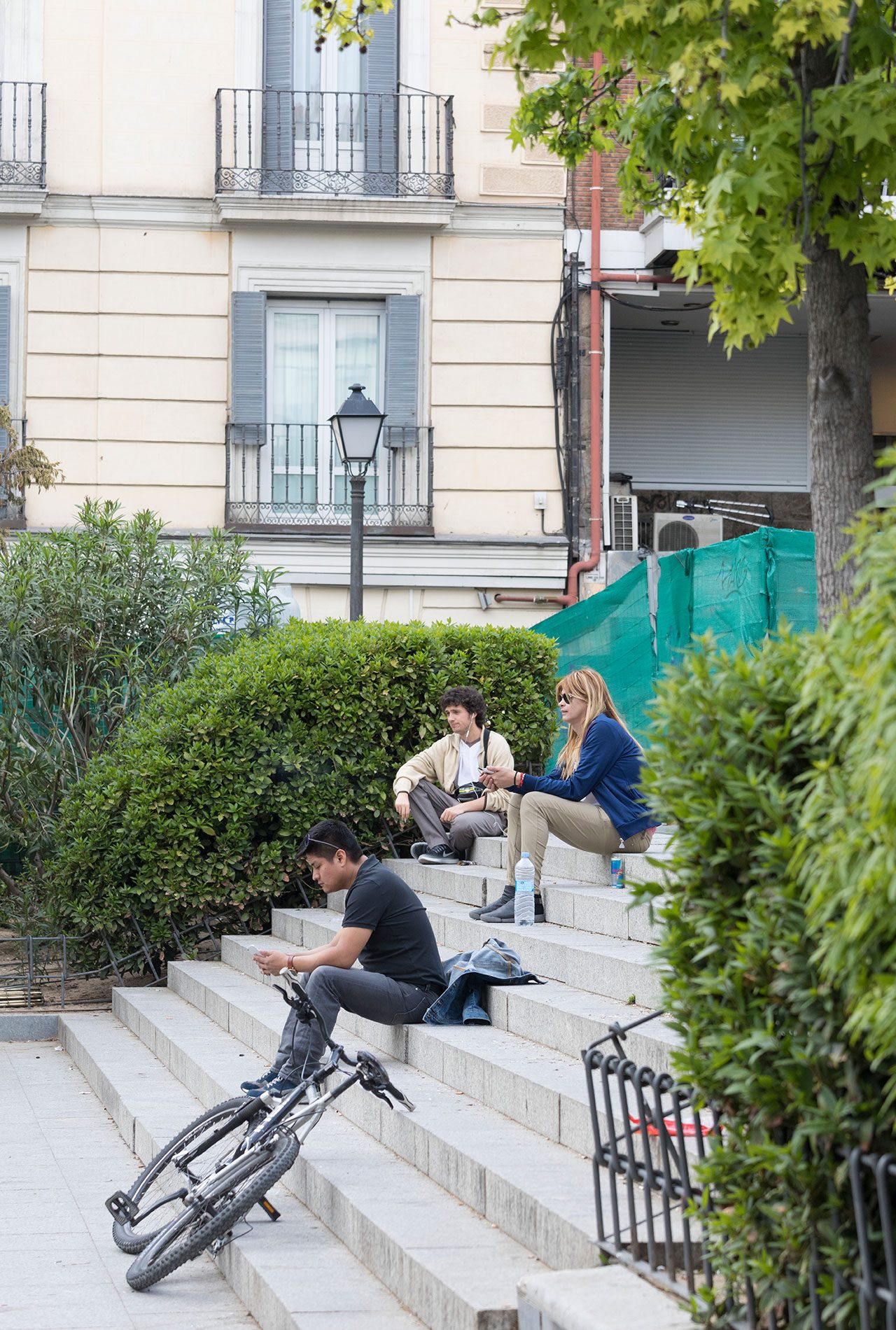

For Bahar, making a film that drills down into our granular, local connections can be a humbling experience. That’s because students move away from the glitz of “lights, camera, action” and return to the fundamentals. As Bahar explains, “The student films with the most success aren’t the ones with the best composition or flashiest images. They’re the ones where students have established an intimate connection with their subjects.”
A team of students from NYU Shanghai, for example, broke through to Mandarin-speaking immigrants working in Madrid’s restaurant industry, all by way of a common language. The team had never shot a documentary before. Yet they managed to capture the homesickness and dedication of the servers in the rawest of lights. “If you have that kind of long-term relationship behind the camera, everything else will fall into place,” says Bahar.
The Immigrants
Students who take Madrid Stories have access to the immense technical and logistical support systems at NYU Madrid. The equipment they use comes free of charge from the site’s technical staff. That means SD cards, hard drives, editing equipment, and top-notch cameras. Beyond that, professors across the humanities and social sciences often contribute to students’ films, then incorporate the finished products into their coursework. “It’s hard to find a more accurate depiction of issues like immigration and refugee rights than in our students’ films,” says Carracedo.
Ultimately, the students in Madrid Stories give the pair a great deal of hope. Documentary filmmaking comes with its share of bleakness and hard truths. Indeed, the films Carracedo and Bahar have created are proof. But when young filmmakers can amplify the stories of peoples’ private fights and feats, the product is pure empathy. “Every time we teach the course, we meet students who are so smart, so optimistic, and have a very beautiful belief in the possibility for change,” says Bahar. “These films, which come from the local but tap into feelings we all share, are the first steps to making those changes.”
This story was brought to you by our friends at NYU Global Notebook.

